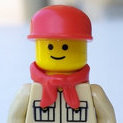
How to Design a Modular or a Non-Modular Building?
By
LegoModularFan, in LEGO Town
-
Recently Browsing 0 members
No registered users viewing this page.

By
LegoModularFan, in LEGO Town
No registered users viewing this page.